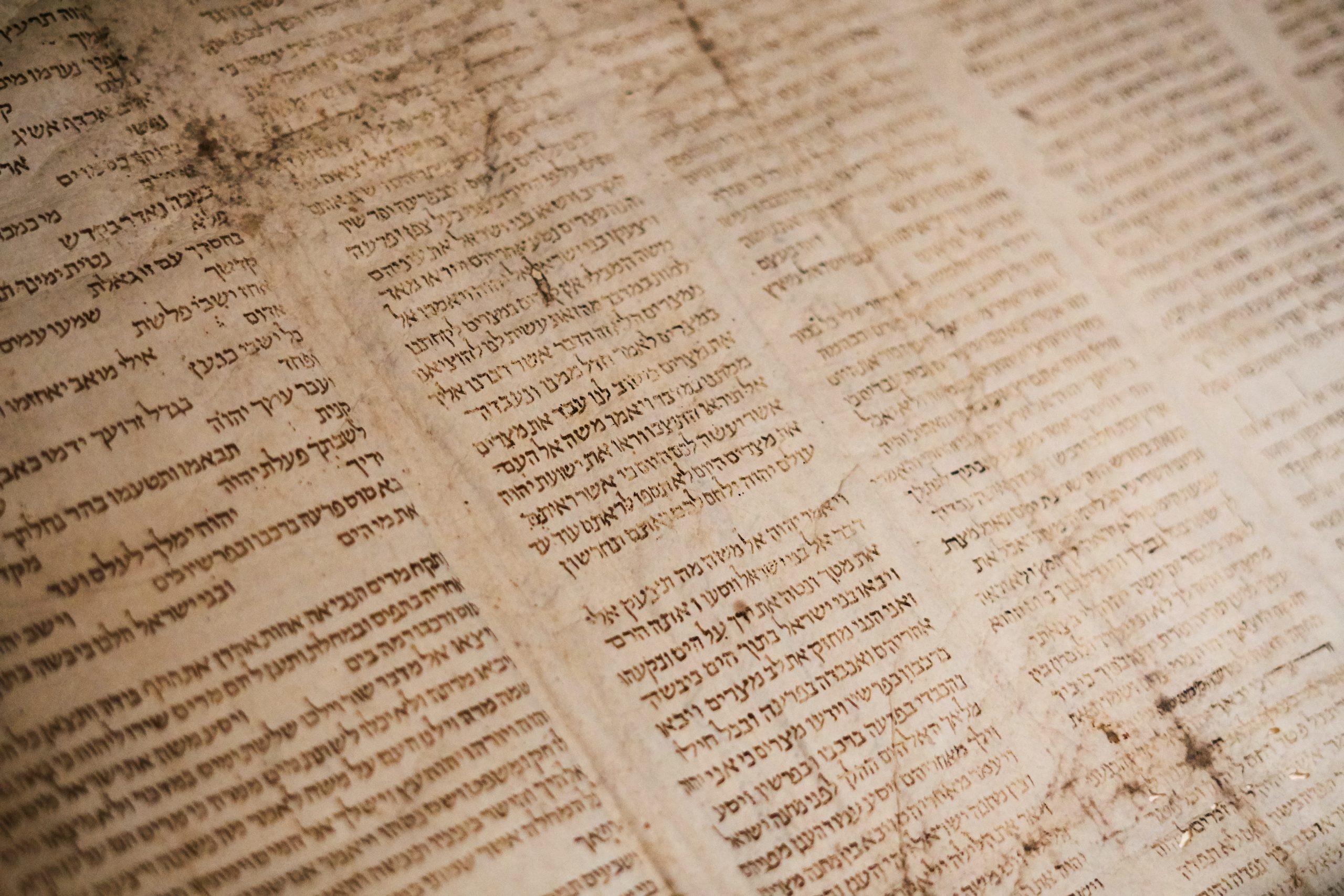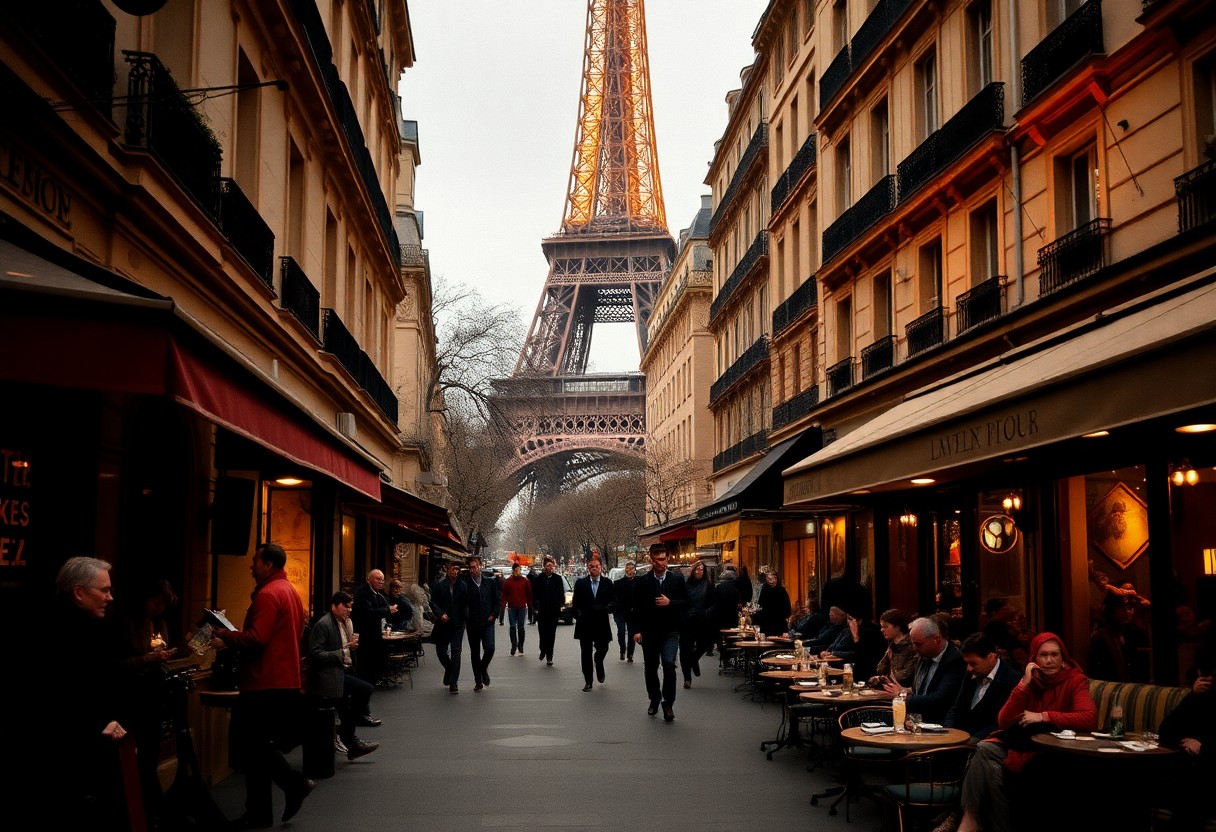On Tuesday (June 25), thousands of protestors in Kenya stormed the parliament building, setting parts of it on fire, per The Associated Press. Now, global social media users are calling for more conversations about what’s happening in the African country.
But the question remains: WHAT exactly caused these protests and the escalation on Tuesday? Here’s a breakdown of what’s going on, the impact so far, and the ultimate goal of the protests.

Support For Kenya’s President Takes A Turn
According to AP, President William Ruto came to power by appealing to the common people, describing himself as a “hustler” and vowing relief from economic pain. Country officials swore him into his role in Sept. 2022. Less than two years later, support for him has taken a drastic turn.
President Ruto ran on the promise of implementing policies to put more money in Kenyans’ pockets. When his government removed crucial fuel and maize flour subsidies, many Kenyans saw it as a betrayal.
Ruto, now fabulously wealthy, frequently urges Kenyans to tighten their belts. But his state visit to the United States in May created controversy when he chartered a luxury private jet instead of using the presidential jet or Kenya’s national carrier. Ruto later said friends paid for the chartered jet, but he didn’t name them.
The Finance Bill At The Center Of The Chaos
As mentioned, on Tuesday, part of parliament burned as protesters rushed in and lawmakers fled. AP reports that bodies lay in the streets as police opened fire, per witness reports from medical workers and watchdogs. Military forces are also on the ground.






The country’s youth, in particular, have been strongly opposed to a finance bill officials made public for the first time on June 18. They have advised that it would worsen Kenya’s economic issues, including the already high cost of living.
To lawmakers, though, the finance bill is supposed to raise or introduce taxes or fees on a range of daily items and services. That list includes internet data, fuel, bank transfers, and diapers. Some of the bill’s measures have already been stripped as anger grew.
Still, lawmakers moved forward with passing during a second-round vote amid opposition. The bill now awaits President Ruto’s signature, and he’s expected to sign it this week, per AP. He has two weeks to act but, obviously, faces calls from protesters, religious and other leaders to think again.
For context, the proposals are part of the Kenyan government’s efforts to raise an extra $2.7 billion in domestic revenue. The government says the changes are necessary to pay interest on national debt, reduce the budget deficit, and keep the government running.
How The Protests Began & Escalated To Parliament Burning
Note that this isn’t the first finance bill by President Ruto to face opposition. A 2023 finance bill Ruto signed into law was also unpopular, though anger didn’t escalate like this. That bill featured a tax on salaries for housing.
Since June 18, young Kenyans have been organizing on social media and taking to the streets. Their actions have included peaceful street demonstrations meant to force authorities to drop this finance bill altogether.
The protests began in Nairobi but have spread to other parts of Kenya, including the Indian Ocean city of Mombasa and even in Eldoret.








According to TMZ, former U.S. President Barack Obama’s half-sister, Auma Obama, got caught in the escalation. While CNN interviewed her, Auma was tear-gassed in the streets of the capital.


Kenya’s President Responds
Responding to the incident at parliament, President Ruto called it a national security threat and reportedly vowed that such unrest wouldn’t happen again “at whatever cost.”
“Today’s events mark a critical turning point on how we respond to threats to our national security,” Ruto said, calling the events “treasonous.”
Ruto had been outside Nairobi attending an African Union retreat.
Kenya’s defense minister said they’ve deployed military to support police during the “security emergency” and “breaching of critical infrastructure.”
At least five people were shot dead while treating the wounded, per the Kenya Medical Association. More than 30 people were wounded, at least 13 with live bullets.
Additionally, police fired live ammunition and threw tear gas canisters at protesters who sought treatment at a medical tent at a nearby church. Elsewhere in town, Kenyatta National Hospital said it received 45 “victims.”
RELATED: Kenyan Police Discover 73 Bodies Of Alleged Christian Cult Followers Who Starved Themselves To “Go To Heaven”
Associated Press staff Rodney Muhumuza and Evelyne Musambi contributed to this report.
What Do You Think Roomies?



















